Paul McCartney released his debut solo album, McCartney, in April 1970. A month later, it reached no. 1 on the charts. In the U.S. and Canada, it peaked at the top spot. In the U.K., it rose to no. 2.
Videos by American Songwriter
McCartney performed the entire album himself using overdubbing, with the occasional vocal contribution from his wife, Linda. However, the period when he recorded the album was fraught with depression over The Beatles’ breakup.
In 1969, John Lennon had quietly left the band. They had not yet released their final album, Let It Be, and the fact that McCartney didn’t delay the release of his solo endeavor caused more strife. Essentially, a press release that McCartney included in the promo materials for the album led to the official breakup of The Beatles, as they then had to formally address it.
While the album did fairly well on the charts, it received mostly negative reviews. Fans and critics accused Paul McCartney of breaking up the band by releasing the album. All this, even though Lennon had already parted ways.
Paul McCartney’s Debut Solo Album Is Received Negatively Even as It Climbs the Charts
Reviews criticized McCartney for feeling unfinished and unpolished. In comparison with the Beatles’ production, the album was rough and uncouth. However, Paul McCartney deliberately took a lo-fi approach to the project. Many people hated it, but its unfinished style was on purpose.
Retrospectively, McCartney helped usher in an era of lo-fi artists and DIY culture. Instead of hiring session musicians or having multiple producers, artists now saw the merit in performing everything themselves and using overdubbing. It allowed more people to break into music because of the ease of use and affordability. Essentially, Paul McCartney could be credited with the rise of bedroom pop.
While the album is generally beloved today, at the time it came from a place of deep sadness and confusion. After Lennon departed The Beatles, McCartney isolated himself with his family in Scotland. There, he came close to having a nervous breakdown before his wife encouraged him to look beyond The Beatles.
Paul McCartney and family returned to London, where he began work on the album. The setup was rudimentary. “Studer, one mic, and nerve,” as McCartney later described it. He used a Studer four-track tape recorder and played all the instruments. He had no mixing desk and no way to check the recording levels.
Still, that dark period gave birth to a rough, vulnerable hatchling that would eventually grow into Paul McCartney’s successful solo career. McCartney landed at no. 1 on the U.S. charts and was only knocked out of the top spot when The Beatles finally released Let It Be.
Featured Image by Chris Walter/WireImage


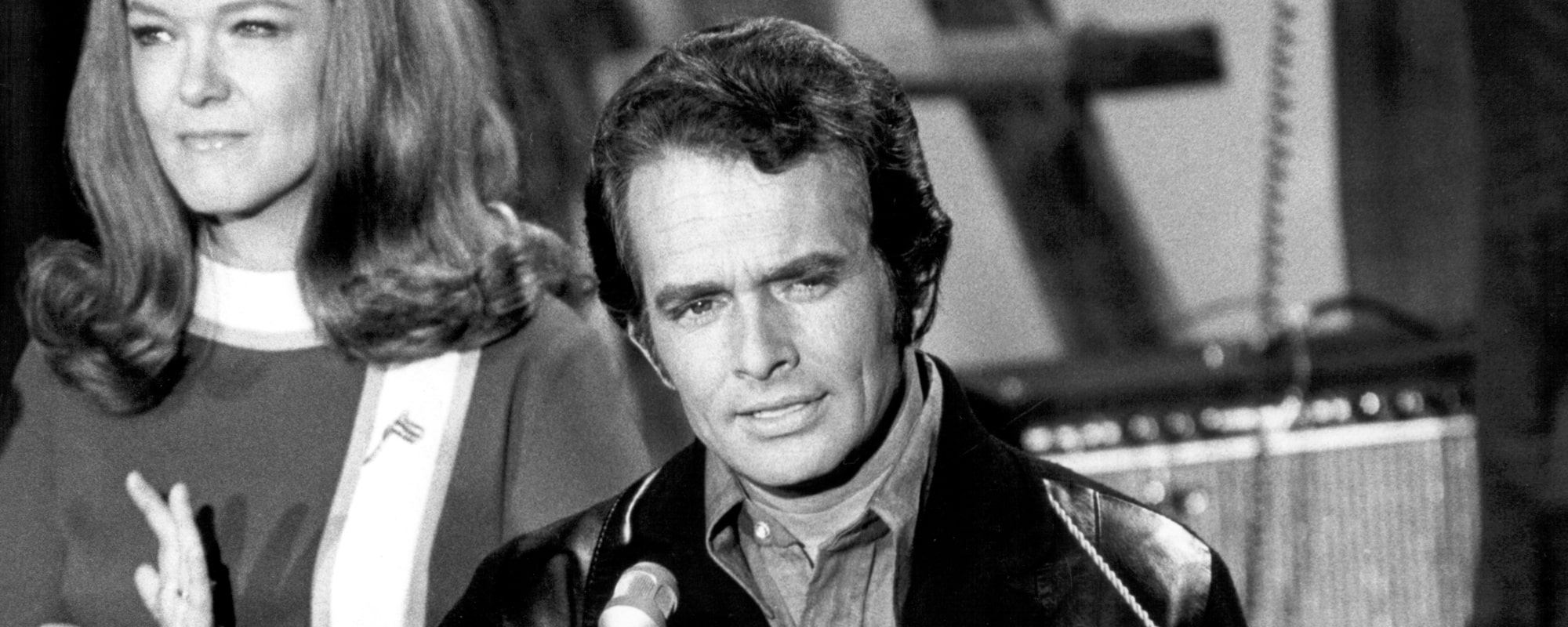
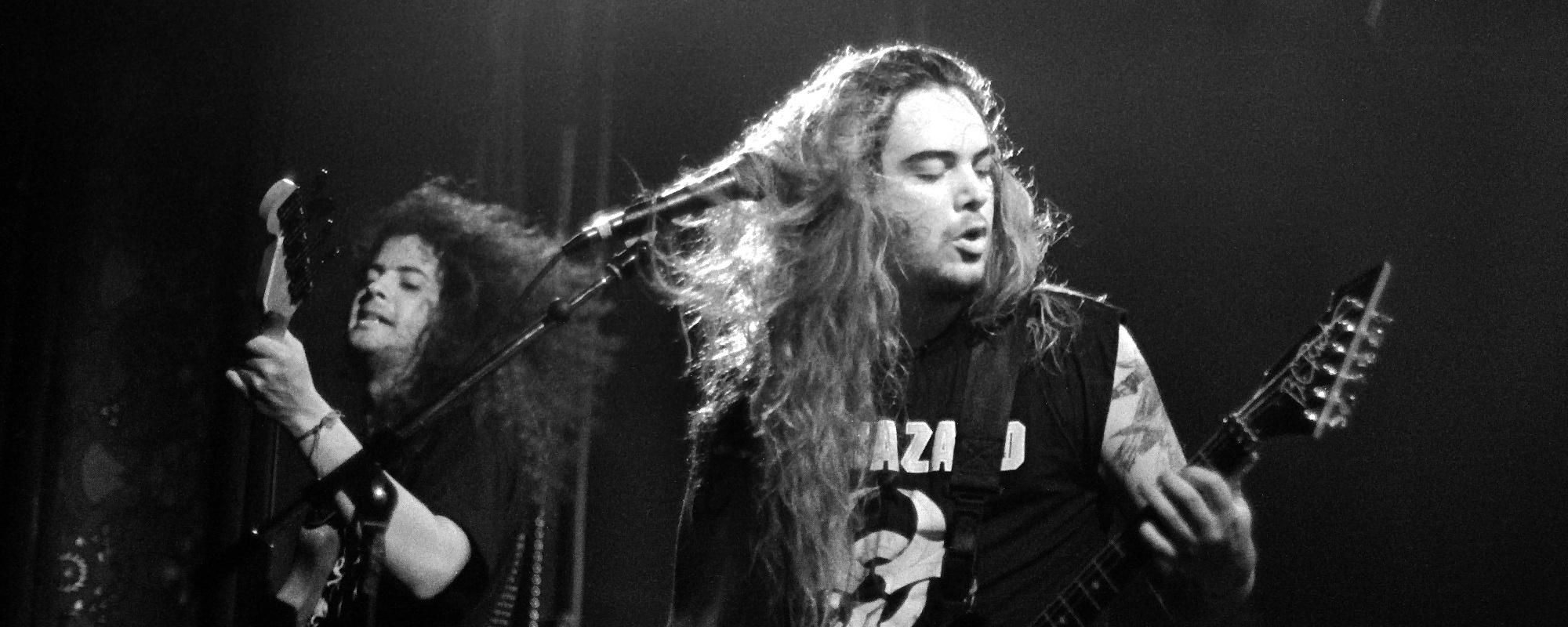

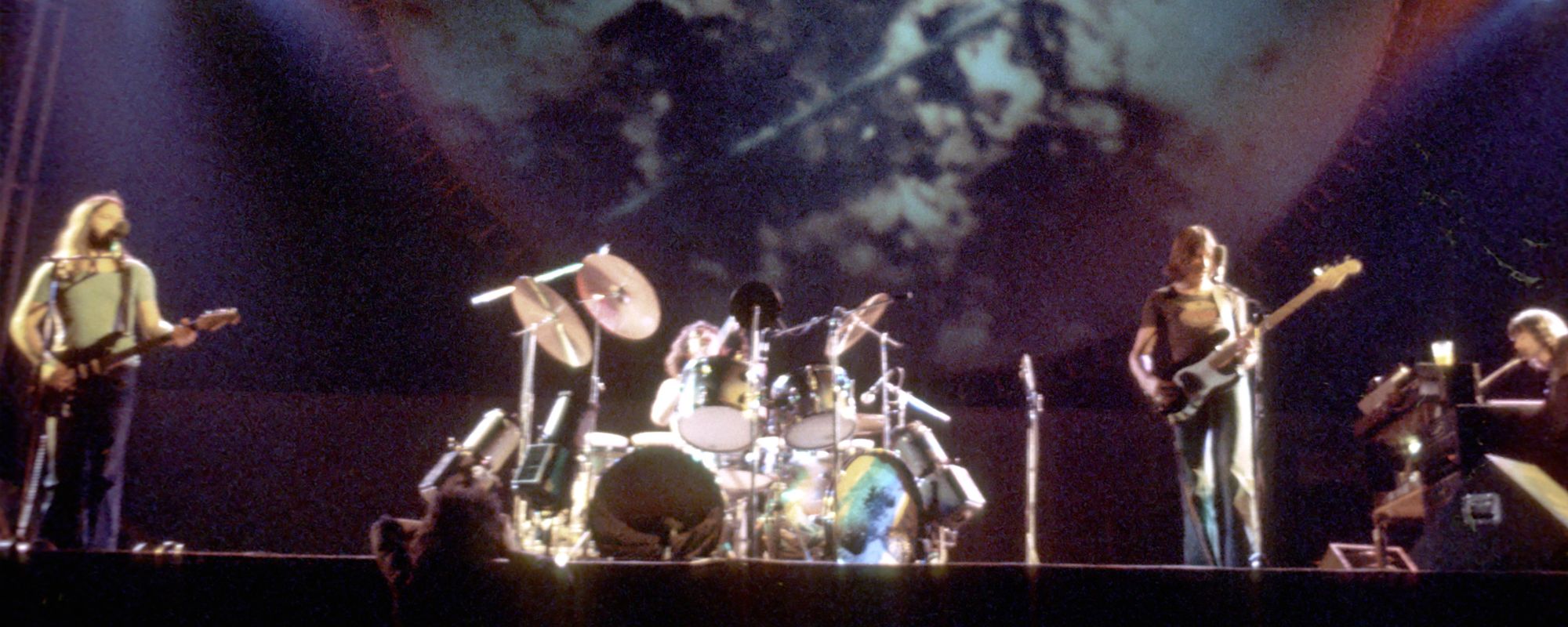
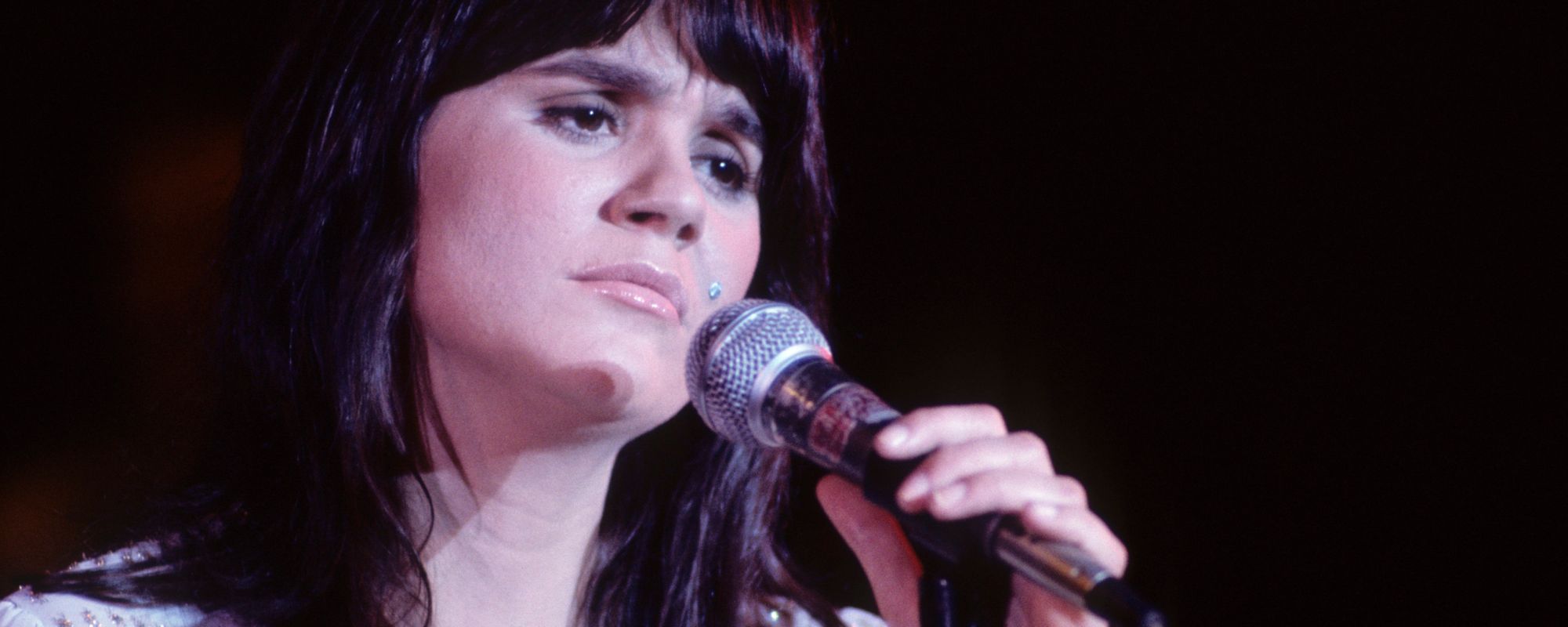


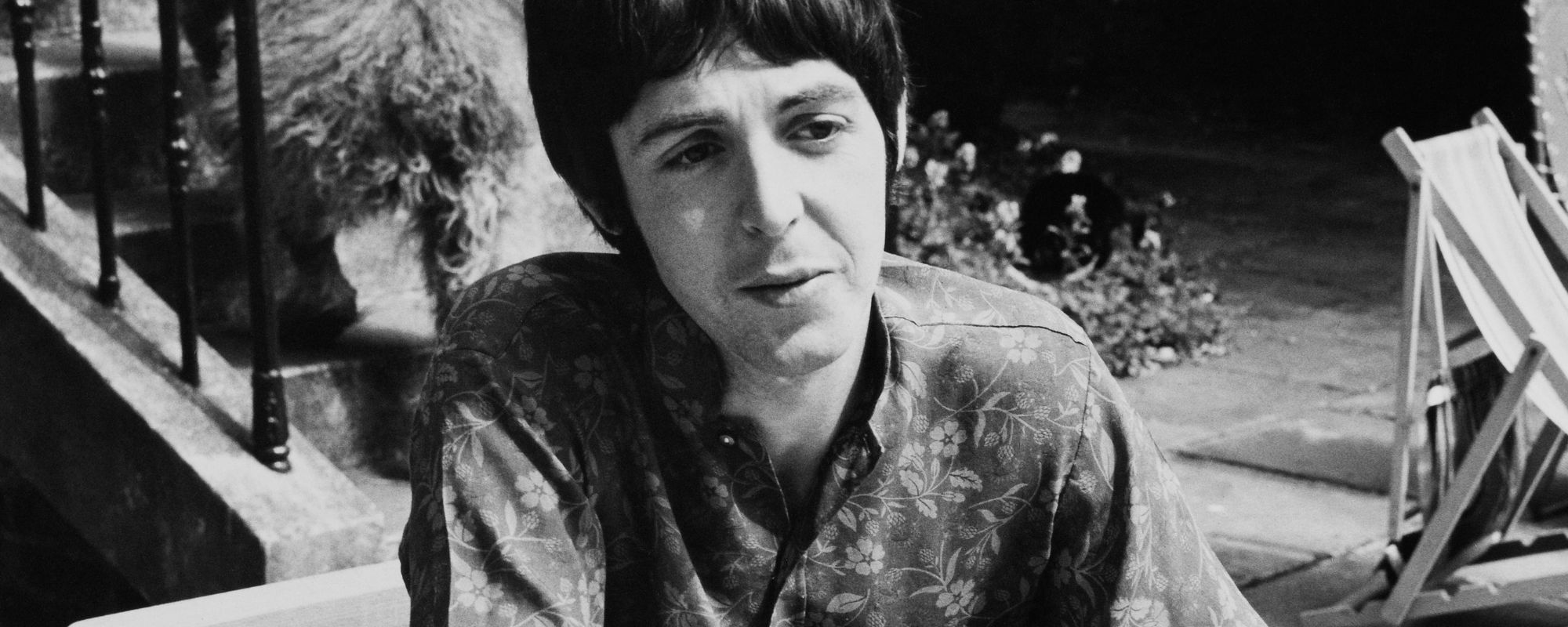

![Paul McCartney Reflects on “Wonderful Christmastime” in New Video Profile: “I Was Trying to Capture That [Holiday] Party Aspect”](https://americansongwriter.com/wp-content/uploads/2025/12/Getty_PaulMcCartney2000_121825.jpg)

Leave a Reply
Only members can comment. Become a member. Already a member? Log in.